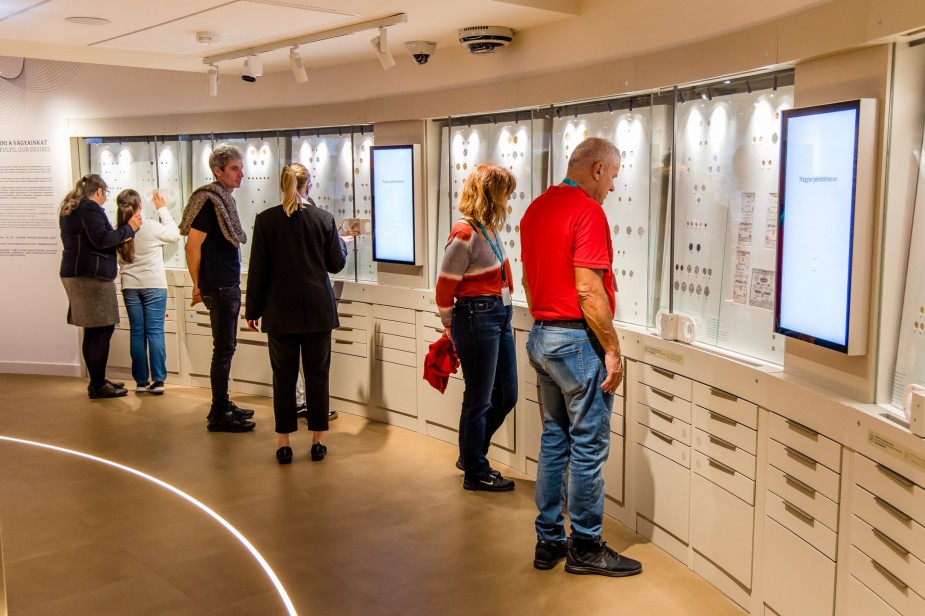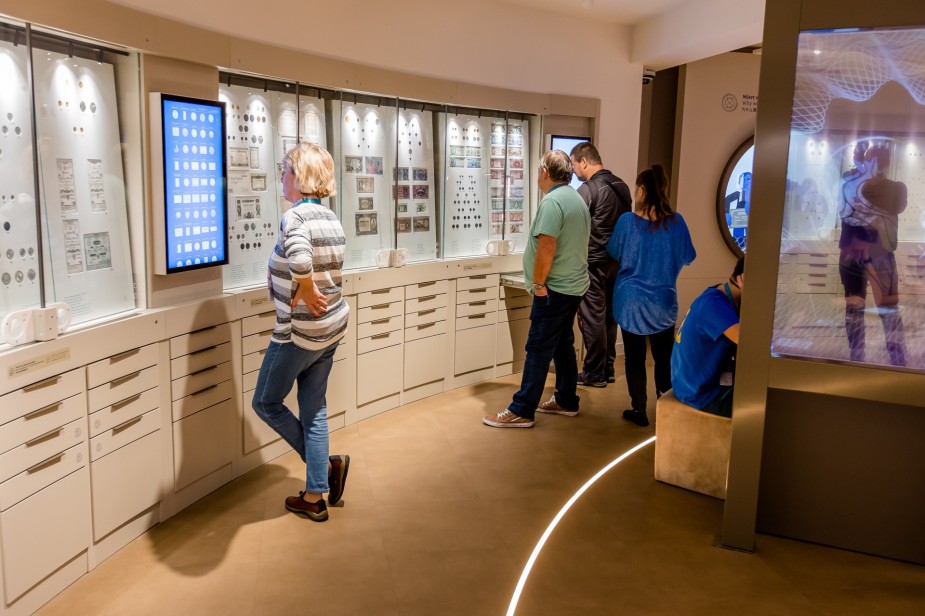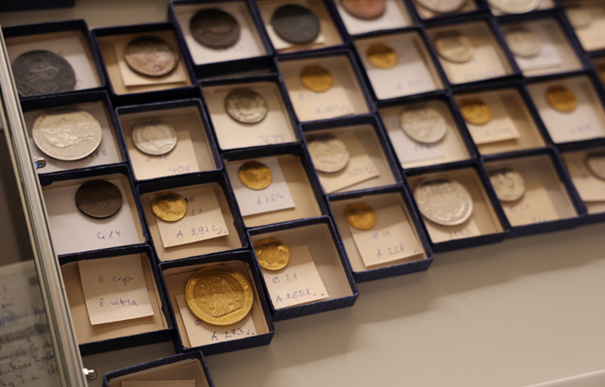Perhaps the most important function of banks is the preservation of values, which is one of the priority efforts of the Central Bank of Hungary not only in the strict sense of the word, but figuratively as well. The history of our country has passed on to posterity an inexhaustible wealth of spiritual values, and it is the task of today's society to preserve it. With this responsibility in mind, the central bank has created its unparalleled collection of banknotes and coins, through which future generations can gain comprehensive knowledge about a particularly important part of Hungary's past: the history of currencies that "paved" the path of development for the Hungarian economy.

In addition to their cultural significance, the special works of art owned by the Central Bank of Hungary represent extraordinary value in scientific terms. The numismatic collection includes numerous historically significant coins, paper money and unique rarities. Among many other curiosities, the gold forints from the era of mixed house kings, the ducats of the Habsburg kings, various medallions plus the remaining artifacts of the the Rákóczi War of Independence and the 1848-49 revolution and war of independence can be seen. Transylvania, as a separate part of the country in Turkish times, was very rich and had very valuable coins. The most special of this collection are the five-fold gold of Moses Székely and the silver sheet of György Rákóczi II. Several of the medieval Hungarian metal coins of the collection used in Hungary and Transylvania can be admired during the exhibition. The descriptions of the individual pieces of the collection can also be viewed in the Banknote and coin collection menu. The collection is currently being digitised; the brochures about the banknotes and coins that belong to the collection are available on our website and are regularly updated and expanded.

In addition to banknotes and coins, the Money Museum has also compiled a niche collection of special and emblematic objects from banking history. Among other things, a fully mechanical interest counting device – which is practically nothing more than an early calculator – can be seen in the museum, and visitors can admire the first ledger of the Central Bank of Hungary.
